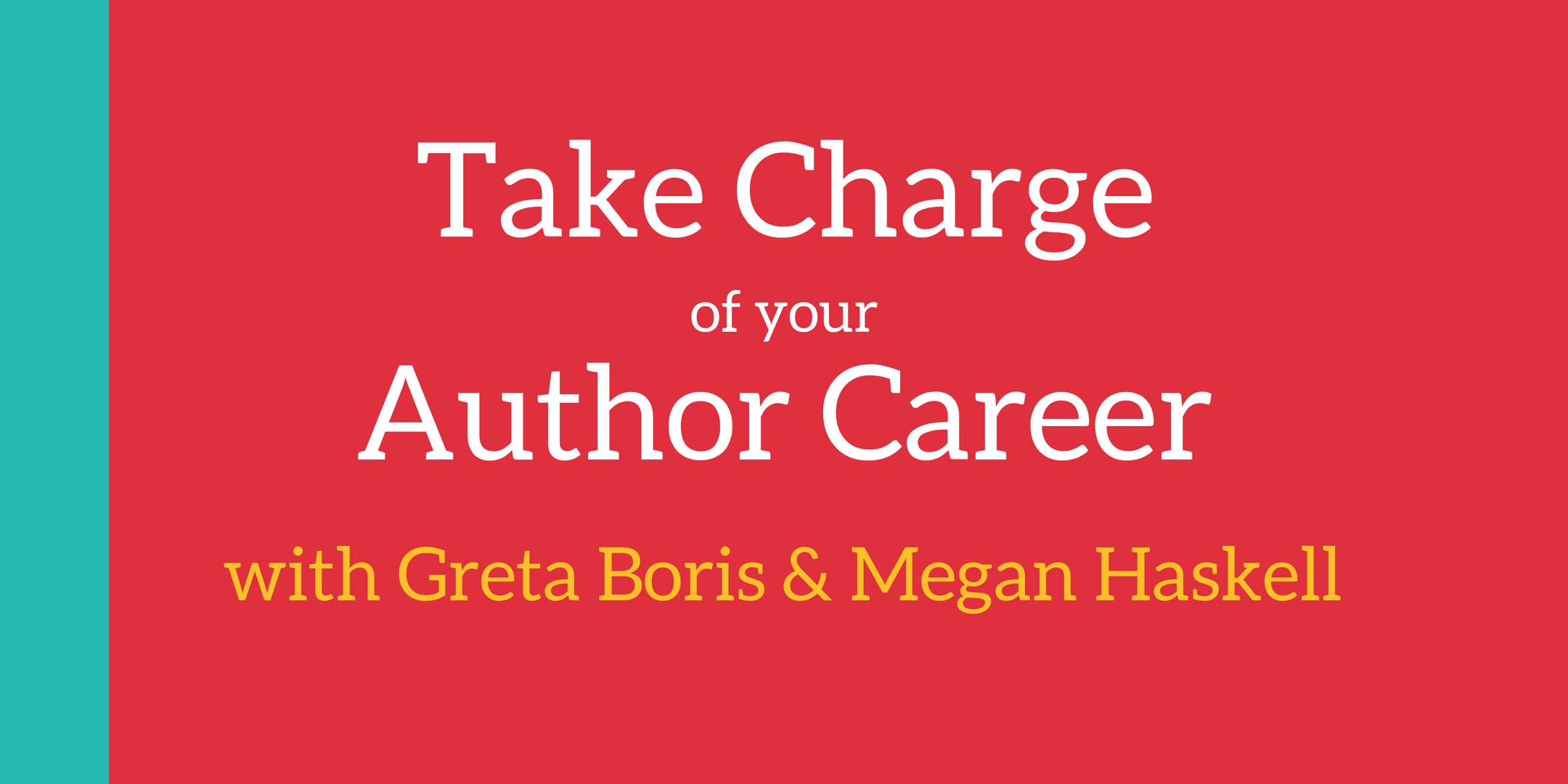by Megan Haskell
Last month I shared my editing process. The irony is when I began that post I intended to include information on beta reader reviews. Then I realized how long and involved my editing process actually is! (That was a long post.)
So this month I will share all I know about beta readers: What are they? How do you find them? And, how do you manage the relationship?
What are beta readers?
Wikipedia had a great definition:
A beta reader is usually an unpaid test reader of an unreleased work[1] of literature or other writing (similar to beta testing in software), who gives feedback from the point of view of an average reader to the author.[2] A beta reader is not a professional and can therefore provide advice and comments in the opinions of an average reader.[3] This feedback is used by the writer to fix remaining issues with plot, pacing, and consistency. The beta reader also serves as a sounding board to see if the book has had the intended emotional impact.
https://en.wikipedia.org/wiki/Beta_reader
How do you find (and choose) beta readers?
Different authors have different methodologies for this. Most choose anywhere from three to thirty (yes, 30!) readers to tackle different aspects of their novel. Readers can be:
- Other writers (Conferences and writing groups are a great source.)
- Fans of their previously published work
- Newsletter subscribers
- Experts (Google search and ask.)
The key here is to decide how much input you need and in what areas. The more readers you have, the more opinions. This can be overwhelming when you’re starting out but may also give you a bigger sample to better understand your audience.
For my first round of beta readers on my current work in progress, I selected a group of twelve people with different backgrounds. Most of these were fans and newsletter subscribers—people who have engaged with me over the last four and a half years that I’ve been published—but I also reached out to a local blacksmith for expert advice on some sword-smithing scenes, and two authors who write in my genre.
The group was a mix of ages and sexes. Some even lived in foreign countries. I chose them because I wanted to uncover which demographics resonated with the book, and which didn’t.
When you’re first starting out, your pool of potential beta readers may be much smaller, limited mostly to other writers and critique partners who you’ve met at conferences or writing groups. Don’t let that stop you! Work with what you have and don’t be afraid to ask around. You might find out that a friend’s sister is also a writer, or that your mom’s neighbor is a voracious reader of your genre.
How do you manage the relationship?
Your process will depend on the number of readers you’ve selected and what kind of feedback you’re looking for.
For example, if you only have a few experienced writers and published authors giving you feedback, you might be able to get away with simply sending them a pdf of your book along with a deadline.
If your readers are fans who have never acted as betas before, you might send a questionnaire along with the book to help guide their critical thinking.
And if you have a large group of readers, you might even consider turning the questionnaire into a Google form to collect the reader responses in a single convenient location.
I like to ask a series of questions that cover everything from characterization, to continuity, to pacing, and dialogue. For this group, I asked a total of twenty-eight questions, plus a few brief demographics. I sent them the questions before I sent the manuscript to give them a chance to look it over and understand the kind of criticism I was looking for, and then I asked them to copy and paste their responses into a Google form.
Download the questionnaire here!
Join us at the Southern California Writers’ Conference!
Greta and I will be taking an in-depth look at the editing process in our upcoming workshop, First Page, Lasting Impression, to be held at the Southern California Writers’ Conference in Irvine, September 20-22.
Learn how to revise your novel by tackling that most important opening hook. Starting from word one, we’ll discuss what should and shouldn’t be on your first page, how that information applies to the rest of your novel and best practices for your revision process. Bring the first 250 words of your current work in progress for a chance to be anonymously read and workshopped live in class. The single page should be typed, double spaced, with the working title at the top. Do not include your name.
Tickets are still available! We hope to see you there.

Legend has it I was born with a book in my hands. Thirty-ish years later, I’m a stay-at-home-mom who prefers a good story over doing the dishes. Only now, I’m building my own fantasy worlds! I am the award-winning author of The Sanyare Chronicles, a fast-paced dark fantasy adventure set in the nine faerie realms, and Program Director of O.C. Writers, A Network of Published and Aspiring Authors, located in Orange County, CA. To find out more about me and my books, visit my website at www.meganhaskell.com!


Hey, Megan! Where do you find your expert readers? Do you know a lot of blacksmiths? LOL. Or do just find a random and willing one, and trust that they’ll actually read your book and give you the feedback you need? Or do you only send them the scenes in question?
Hi Seth! Sorry this response is so late, somehow I missed your question. In any case, I googled local blacksmiths and found the OC Blacksmith’s Guild. I then looked at their member list and found someone close to me. I emailed her asking if I could just come by her shop one day, and found out she enjoys reading fantasy, so I asked if she wanted to be a beat reader! She ended up reading the whole book and gave me some great feedback.
It never hurts to ask questions! 🙂